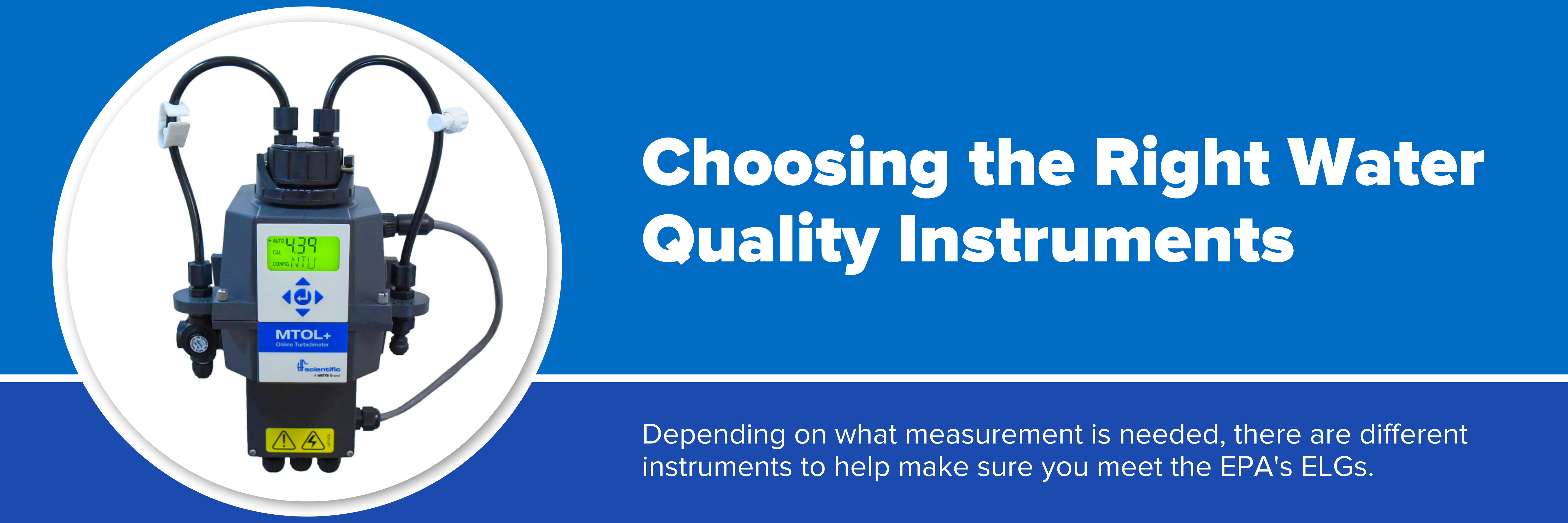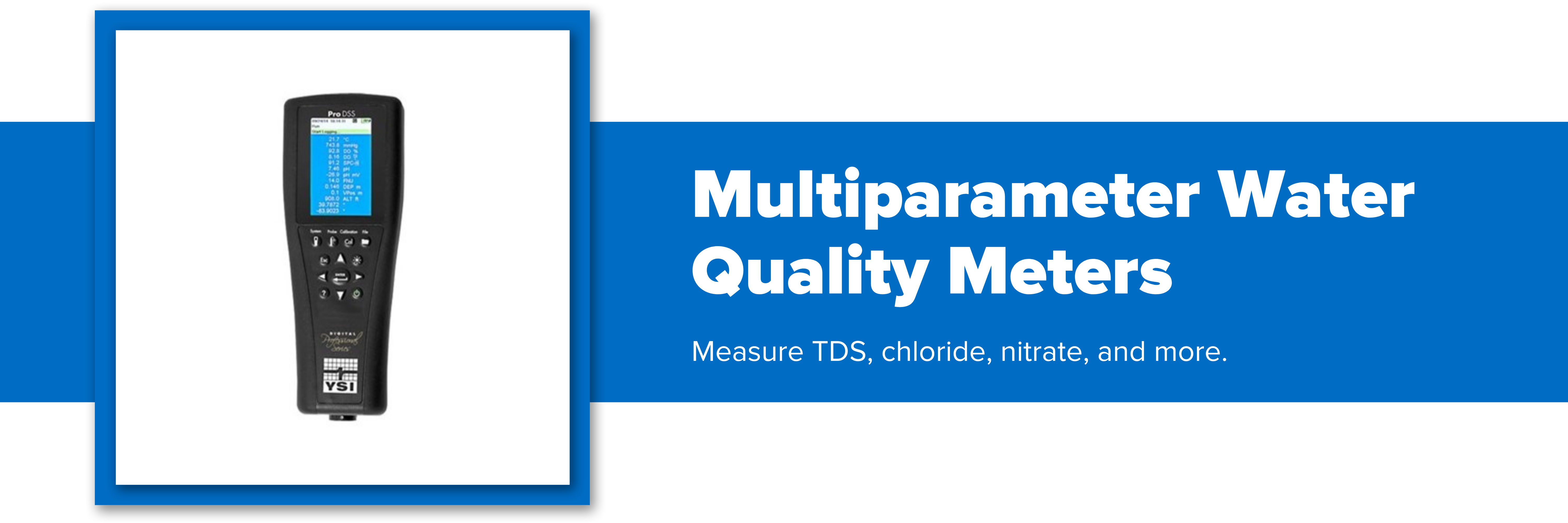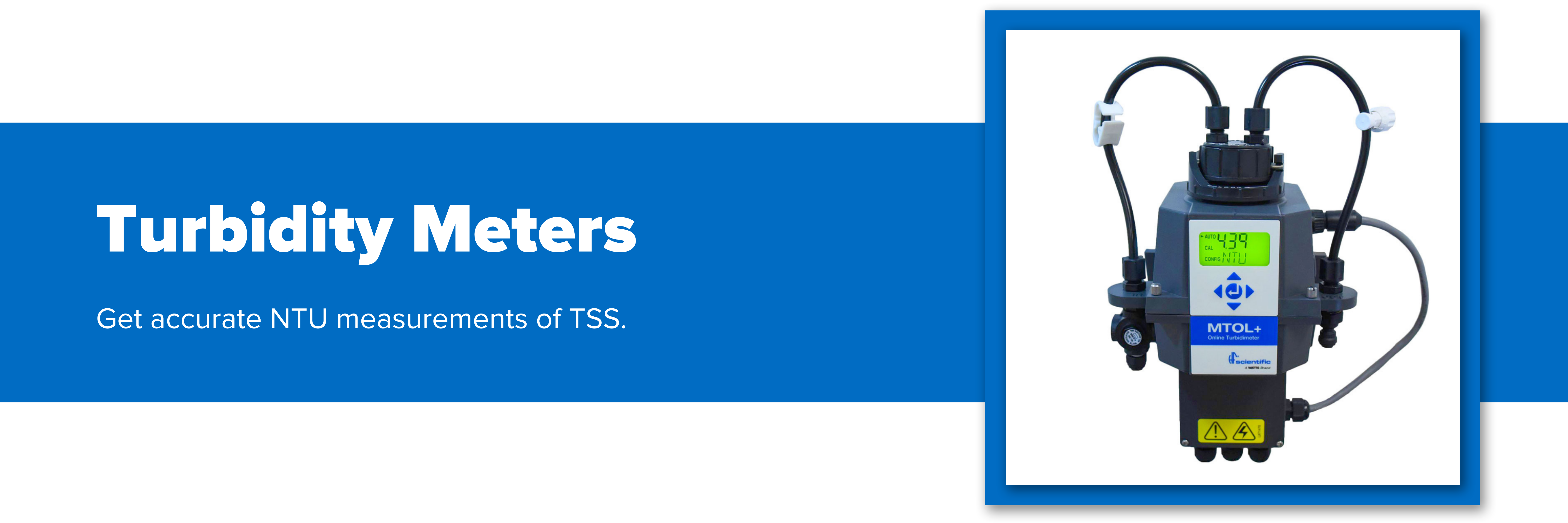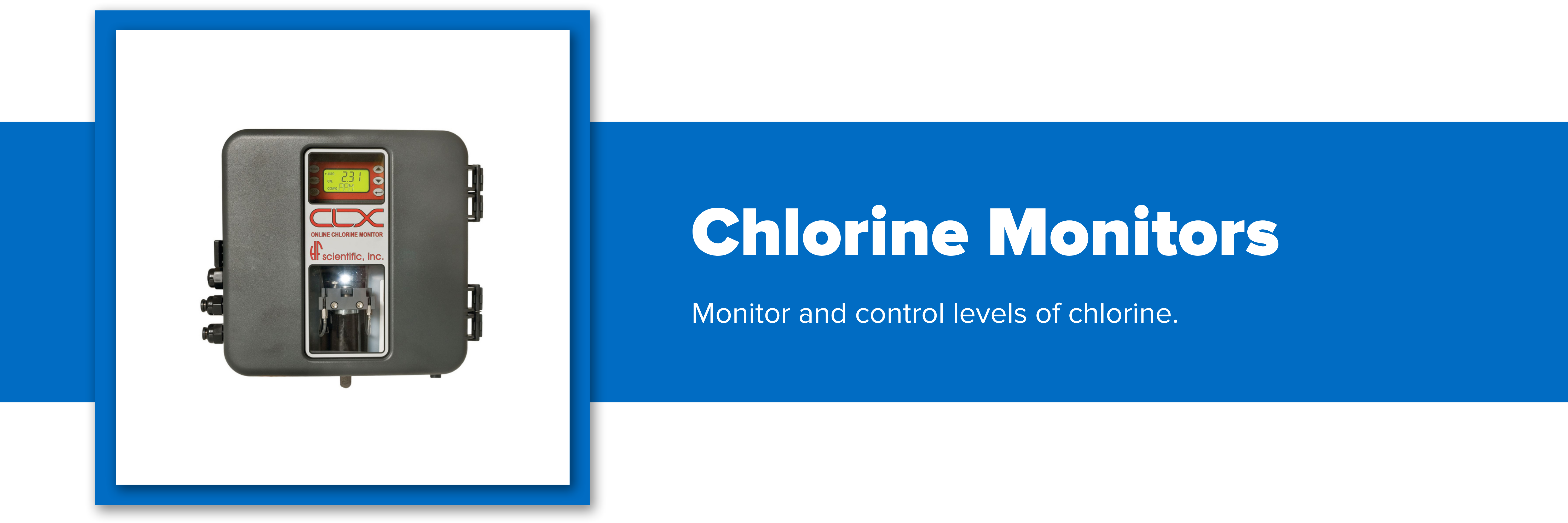What MPPs Need to Know About the EPA’s New Wastewater Guidelines

EPA Releases Preliminary Effluent Guidelines Program Plan 15
Keeping up with different regulations from the EPA or local governments can be a challenge. Similarly, it can be tough to understand what tools are needed to stay up-to-date so you can avoid costly fines and time-consuming audits. Getting adequate notice of regulatory changes is an important part for those that fall in the industrial categories of the Environmental Protection Agency (EPA). The EPA has released Preliminary Effluent Guidelines Program Plan 15 which will impact current effluent limitations guidelines and standards (ELGs) for different categories which include Meat and Poultry Products (MPP) facilities. We hope to break down some of the information from the EPA and offer some tools that can help companies be prepared for the release of the EPA’s Final Plan.
Here Are Some Helpful Acronyms to Remember:
- MPP = Meat and Poultry Product
- ELG = Effluent limitations guidelines and standards
- POTW = publicly-owned treatment works
- TSS = total suspended solids
- BOD = biochemical oxygen demand

Significant Findings from the EPA About MPP Facilities
As things currently stand, the ELGs only apply to facilities that directly discharge wastewater to surface waters. It does not include pretreatment standards for facilities that discharge indirectly through publicly-owned treatment works (POTWs). In ELG Plan 14, the EPA initiated and completed an in-depth study to observe wastewater discharges from MPP facilities. This study is the basis for much of the literature related to Preliminary ELG Plan 15.
One of the takeaways is that there will be revisions made to current ELGs to address nutrient discharges from MPP facilities. This stems from the EPA’s conclusions from their study. Some of the pollutants the EPA looked at include nitrogen, phosphorus, TSS, BOD, oil and grease, chloride, total residual chlorine, coliform bacteria like E. coli, and metal. The study indicates that POTWs may not be removing many nutrients from the wastewater discharge of MPPs.
Significant findings from the EPA’s study:
- Out of all industrial categories, MPP industry discharges the highest levels of phosphorus and the second-highest levels of nitrogen.
- 73% of POTWs that receive MPP wastewater have violations of their permit limits for the pollutants found in MPP wastewater.
- Of the POTW discharge permits that were reviewed, only 45% had nitrogen limits and only 15% had phosphorus limits.

Choosing the Right Water Quality Instruments to Help Prepare for ELG Plan 15
The good news is that, according to the EPA, levels of nitrogen and phosphorus can be reduced with already-existing wastewater treatment technology. Many facilities have already removed a significant amount of these nutrients which allow them to be well below existing limitations. There are many instruments available with useful features such as user-programmable alarms that will make stricter regulations much easier to handle.
There are many different features, brands, and types of instruments to choose from that can help your systems be adaptable in an industry with ever-changing regulations. Our engineers are here to help you choose the right product based on your application’s requirements.

Multiparameter Water Quality Meters
Multiparameter water quality meters enable operators to measure a variety of combinations of TDS, chloride, nitrate, and more. Making field sampling fast and easy is important for any meter. For example, YSI accomplishes this by utilizing user-replaceable sensors and cables in their ProQuatro Multiparamter Water Quality Meter and ProDSS Multiparameter Meter. There are many different sensors and cables that provide flexibility based on the measurements needed. This may be necessary for users that want to avoid buying multiple meters and maintain lower operating costs.

Turbidity Meters
Water treatment facilities consistently rely on turbidity meters to get accurate measurements of TSS from other facilities’ discharge. Alarms for high/low/error points, programmability, and quick calibration time can help maintain tight control of water processing. The HF Scientific MTOL+ Online Process Turbidimeter accomplishes this with user-selectable ranges of 0-10, 0-100, or 0-1000 NTU and EPA 180.1 approval. Operators can limit process downtime with Modbus compatibility and a calibration time of fewer than five minutes as well.

Chlorine Monitors and Colorimeters
For monitoring and controlling levels of chlorine, colorimeters like the HF Scientific CLX Residual Oxidant and Chlorine Monitor can be helpful. Colorimeters are photometric devices that measure the absorbance and transmittance of light as it passes through a fluid that allows users to develop a chemical profile of the sample. The HF Scientific CLX has user-selectable features and cycle times from 110 seconds up to 10 minutes. Programmable alarms and 4-20mA and Modbus outputs that can control feed pumps allow for low operating and maintenance costs. This can be helpful for those who need to monitor water quality as it enables unattended operation and lower chemical usage. Keep these sorts of qualities in mind when looking for your next colorimeter.

Additional Resources
- Explore additional water quality product offerings.
- Explore additional wastewater and grey water product offerings.
- Read more about Preliminary Effluent Guidelines Program Plan 15.
- Make your voice heard before any rulemakings are made by submitting a comment on Preliminary Effluent Guidelines Program Plan 15.
If this post still leaves you wondering what type of industrial instrumentation would work best for your application, our engineers would be happy to help you. Give them a call at 1-800-884-4967. Or, you can shop for a wide range of industrial instrumentation from top brands and even configure your product online. We offer free lifetime tech support with every product sold.









